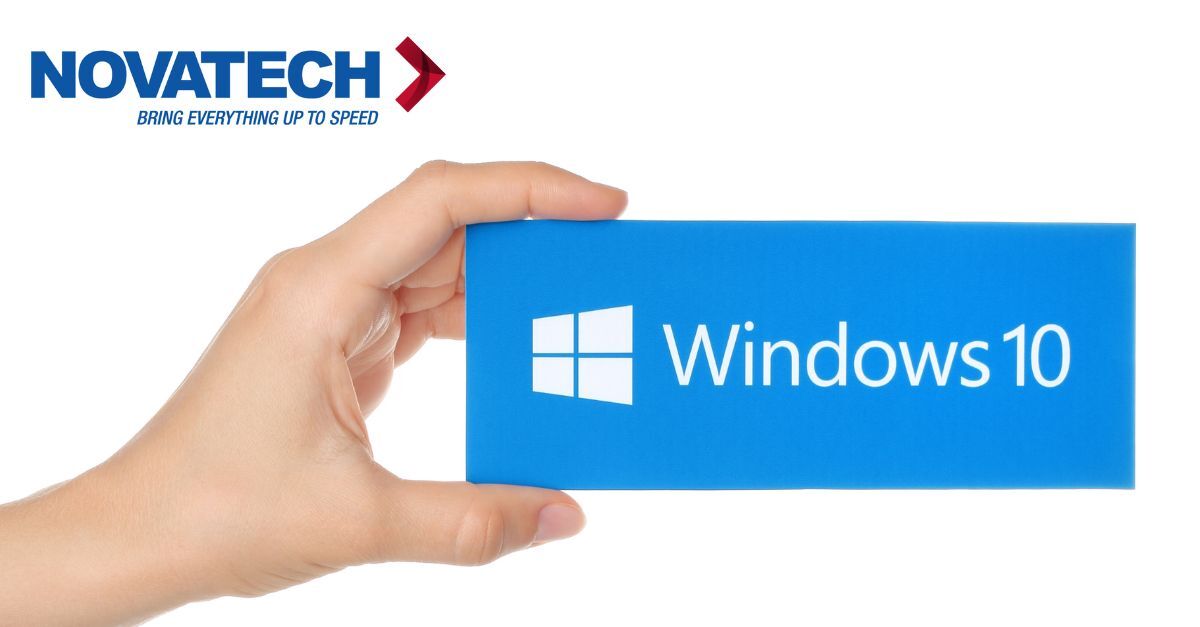Preparing for Windows 10 End of Life
3 min read

Windows 10 has become a cornerstone for operations, cybersecurity, and productivity for many businesses. However, like all technology, it has a lifecycle, and we’re approaching a significant milestone: the end of life (EOL) for Windows 10. This date, where there will no longer be support for the product from Microsoft is October 14, 2025 according to Microsoft.
For businesses, this means a critical juncture where planning for the future becomes not just beneficial but necessary to maintain security, efficiency, and compliance.
Key Questions:
- What does Windows 10 End of Life (EOL) mean for your business?
- How can your business prepare for the transition?
- Why is it important to act sooner rather than later?
Key Takeaways:
- Windows 10 EOL marks the cessation of security updates and support from Microsoft, necessitating businesses to transition to newer technologies.
- Preparation involves assessing current setups, exploring alternatives, and crafting a transition strategy.
- Proactive action mitigates security risks and operational disruptions, ensuring a seamless migration to newer platforms.
Understanding Windows 10 End of Life
The end of life for Windows 10 is not just a date on a calendar; it represents the point beyond which Microsoft will no longer offer security patches, updates, or technical support for the operating system. This cessation is critical as it leaves systems more susceptible to cyberattacks and potentially out of compliance with industry regulations that mandate up-to-date security measures.
Preparing Your Business for the Transition Assessment
Begin with a comprehensive review of your IT infrastructure to identify devices running on Windows 10. This step is vital for understanding the scope of the transition.
Exploration of Options: Next, consider the paths available for your upgrade strategy. Upgrading to Windows 11 may be straightforward for newer hardware, while older systems may require a more nuanced approach, including potential hardware upgrades or shifts to cloud-based computing environments.
Planning: Develop a detailed plan that includes timelines, budget considerations, and minimal disruption to daily operations. This plan should also consider staff training on new systems to ensure a smooth transition.
Why Acting Now is Crucial
Delaying the transition from Windows 10 can expose your business to unnecessary risks. Cyber threats evolve rapidly, and running unsupported software significantly increases vulnerability to data breaches and cyberattacks. Furthermore, planning and implementing a transition can be time-consuming, and starting early ensures that your business remains secure, compliant, and competitive.
The benefits of proactive transition planning include leveraging the latest technology advancements, improving system security, and ensuring a competitive edge through enhanced operational efficiency.
Choose Novatech to help your company with technology upgrades
As Windows 10 approaches its end of life, the importance of preparing your business for this transition cannot be overstated. By understanding the implications, assessing your current technology infrastructure, and planning your migration strategy, you can ensure that your business remains secure, compliant, and ahead of technological shifts.
Don’t navigate the complexities of Windows 10’s end of life alone. Novatech is here to guide you through the transition with expertise and precision. Contact us today to secure your business’s future technology needs.
Together, we can turn this transition into an opportunity for growth and improvement, ensuring your business not only remains secure but also thrives in the new technological landscape. Let’s prepare for the future, together.


